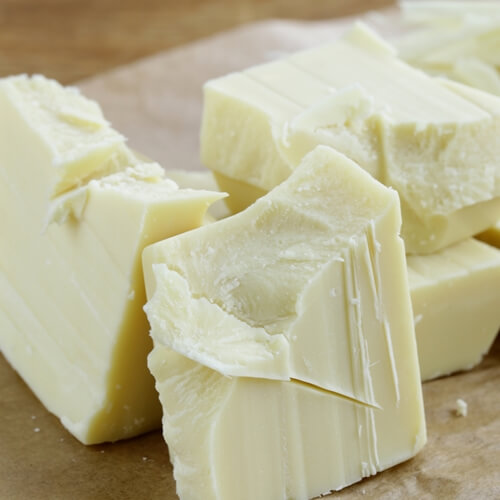White Chocolate Consumption and Preference In the US

According to Quartz, together Brazil, the U.K. and the U.S. consumed $700 million worth of white chocolate in 2013 – that’s about half the total amount of global white chocolate sales for the year! Despite this fact, the U.S. consumption of the creamy confection went down by about 22 percent between 2008 and 2013. How do Americans relate to the treat and why do they or do they not eat it? As a student of an online baking program, you may be curious to know.
Inside white chocolate
White chocolate has a shaky definition. Technically speaking, it isn’t chocolate at all because it does not contain cocoa solids. White chocolate is made of milk, sugar, vanilla, cocoa butter and lecithin, which creates a sweet flavor that doesn’t resemble other chocolate varieties. Cocoa butter is extracted from the plant. Cocoa solids, on the other hand, are made after the beans have been removed from the pod and undergone a process of roasting and fermenting. The resulting nibs are ground into a paste called chocolate liquor, which can be separated into solids or butter. The butter alone is used in white chocolate.
According to the Wall Street Journal, white chocolate often has 10 times the amount of cocoa butter as dark chocolate, which explains its rich, creamy texture. It’s no surprise then that many chocolatiers do not consider white chocolate real chocolate. However, the Food and Drug Administration has its own definition.
The FDA classifies white chocolate as containing at least 20 percent cocoa butter, 14 percent milk solids, 3.5 percent milk fat and a maximum of 55 percent nutritive carbohydrate sweeteners.
White chocolate in the U.S.
Despite the fact that U.S. sales of white chocolate have decreased, more artisans are finding niche markets for the product. White chocolate is the perfect foundational treat for unique flavor combinations because its fat and sugar content balances out additions. Pumpkin spice, espresso, lemon pepper and other white chocolate flavors are popping up in independent producers around the country.
Lindt USA, a subsidiary of Lindt & Sprüngli AG of Switzerland, has received a surprising amount of requests for white chocolate truffles that resemble ice cream flavors. As a result, Lindt will be selling more white chocolate products in 2014. Some consumers aren’t sold on the poorly named candy, but others have been converted.
“The reaction that I get is, ‘I didn’t know it was that good,’ ” Thomas Linemayr, Lindt USA’s chief executive, told the Wall Street Journal.


